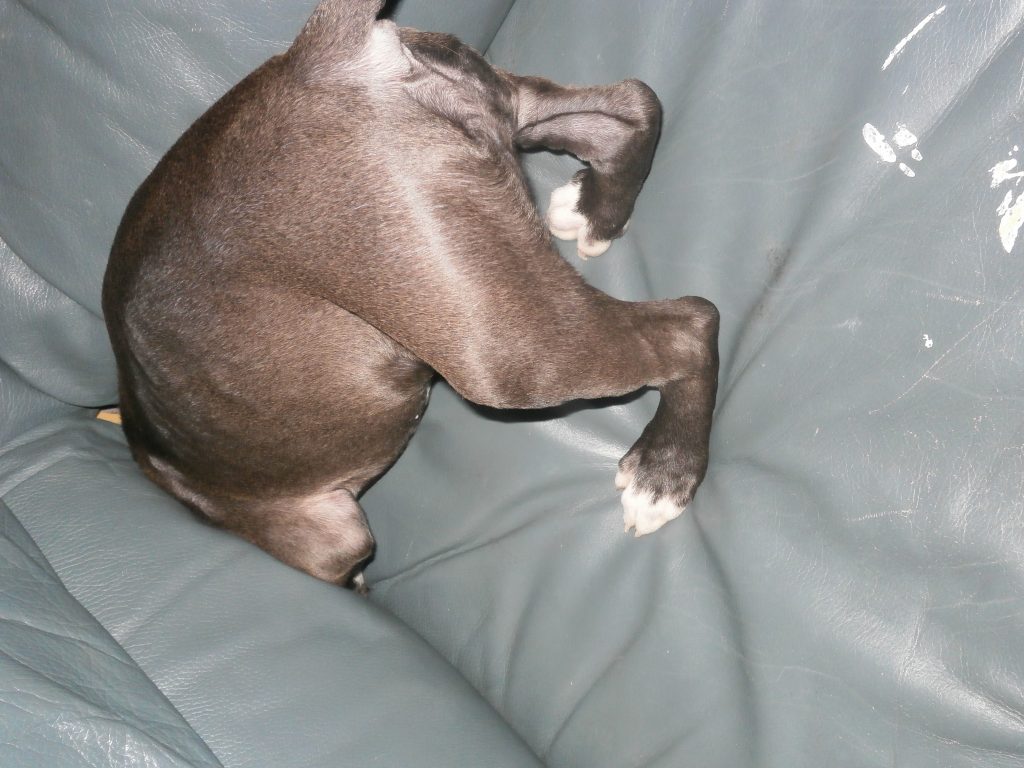The gains from digitisation are obvious: vastly widened accessibility; flexible and precise search tools; in many cases, transparency where before there was only opacity. And of course the welcome chance to stay at home in your dressing gown in front of your computer.
 But even where records are free to search in the monetary sense, there is a cost. And as in the real world, the buyer needs to know exactly what the price is. As the first law of Fish-In-A-Barrel economics states: “Unspecified prices can only rise”.
But even where records are free to search in the monetary sense, there is a cost. And as in the real world, the buyer needs to know exactly what the price is. As the first law of Fish-In-A-Barrel economics states: “Unspecified prices can only rise”.
So picture this: a giant set of Irish administrative records is created, with thousands of people involved. There are plenty of unavoidable human omissions and mistakes. This record-set is then transferred to an archives. Inevitably, a few of the originals fall down the back of the sofa. The surviving records are then microfilmed. Well, most of them are microfilmed. A finding aid is then created to the microfilms. Well, to nearly all of the microfilms.

Years later, these microfilms are digitised, but only the ones covered by the incomplete finding aid. The images are then transcribed – with just a few missed – by people who have never heard of Ireland or Irish surnames and don’t speak English. Then the transcripts are turned into a searchable database by techies who know nothing about administrative records and couldn’t give a hoot about history.
The wonder is that anything useful could emerge from such a process. But this is a description of the creation of the single most important Irish genealogy website, the one that sparked off the revolution that we’re still living through, census.nationalarchives.ie.
The explosion of online access to records is unambiguously wonderful, but it comes at a cost. Every human intervention adds another layer of error, with incremental losses to accuracy and completeness. It is almost always a price well worth paying. But we should never forget that we are paying it.
All things considered, I’ll take the cost.
Conversely, it beats a blank.
I knew nothing more of my kinfolk other that they were from Ireland. You know, kiss the Blarney Stone, and a pint of Guinness on St. Paddy’s Day. Being from the States I was oblivious to the way things are done in Ireland before I began this journey. It’s taken a while but I believe I’ve come along far enough, having finally found a digital record confirming my grandfather’s birth in Ballintubber. I am grateful for the digital shards that remain. Finding the records is like solving a puzzle. End reconfirms that the practice of obfuscation is alive and doing well.
Bottom line: I could not have come this far without Irish Ancestors; thank you John.
I would hope that there is a copy of the written records, and the possibility of correcting these errors over time.
I will take anything I can get for a start, and these records have already helped me find cousins.
Spot on analysis! I have found and sent correction for many entries where I have seen the original- but not sure anyone in digital-land is picking them up. Resources at that end to do that would help. I shall now look for grandad down the back of the settee- I never thought of that!
I am extremely grateful to all those that transcribe the records due to the fact that I am disabled and my illness completely drains me so if I for example went up to the National Archives even just for one days research I would need two weeks sleep after. I have submitted corrections to whatever site I was on if I saw an error (mostly regional surnames which may not be known to the transcriber). It has been very slow waiting for new records to become available but I just have to be patient. I especially like reading this blog John as it gives tips on how to get the most out of our research and the fact that you have transcribed some of the records yourself is very valuable, thank you for all the work you do.
Ha ha John! Your ‘not so tongue in cheek’ description of digital records is sooo timely for me! I have just scrolled through just under 450 ship passenger manifests for the port of Boston MA US looking for my mother’s arrival – it wasn’t there – but mixed in were a bunch of New York, Texas and Maine manifests. While I can move on to the next archive to review, my thought was ‘yikes, I feel bad for the folks needing the ‘mis-scanned’ manifests!’
Given that I’m in Canada and my ancestry is completely English and Polish (first generation Canadian), I’ll accept the cost…though I do understand it.
Hmm cogent, concise, correct. As a supply chain guy who worked with big numbers, in the past, I often found about a 3.6% error rate in human input to large data sets (records in the millions). Even when the inputting employees ability to perform a job and get paid depended on it. That said I have fat fingers so I get it. When names and dates look a bit wonky I try to get a gander of the originals, when possible. Not only for the correct info but for the richer understanding, e.g. who are the neighbors etc. low and behold the boarder later marries into the family, or is mentioned in an obit, etc. thanks John.
I have found lots of important transcription/indexing errors, just in researching my own family (latest below). Still, the perfect is the enemy of the good. I’ve found that to be so true. The gains from digitisation far outweigh the errors.
Example of indexing / transcription error: the baptismal records from Killala are indexed in multiple reputable places, including rootsireland, familysearch & ancestry, and I’ve Boolean-searched them all for my g-g-grandparents, John McAndrew & Bridget Howard. I’ve found 3 baptismal records from Killala for their last 3 (of 6) children, born 1865-1870. I have the marriage & death records for all 6, because they all emigrated to Pennsylvania.
Yet, last month, I decided to scroll thru the images themselves on nli.ie. I’ve lots of ancestors from that area; this couple was not top of mind. Just trying a different attack angle, for a change. On just the 7th page, in 1856, there they were, John & Bridget, parents of baby Michael, and in the far right column, the word “illegitimate.” Well, that was a dramatic find! I went back to rootsireland and the other sites, and they all had Bridget’s surname, “Howard” mistranscribed. That was why I had never found this fact.
Fwiw, they must have married shortly thereafter, as the next child was born the following year. And Michael must have died, as their last child, 1870, was also named Michael. But it definitely adds a different patina to the perception of them.
Yes lots of information can get lost. The beauty of digital records is you can correct them. (Thank you for your efforts on the census.) If the original is lost you can do nothing!
I have found an error in the Catholic Parish Registers at the NLI. I have just contacted them again for the second time hoping that the error will be fixed. As people have stated, the beauty of digital records is that they can be fixed, and as someone else said, I feel bad for the folks searching for the records that are in the wrong section!
There are records for the Diocese of Armagh Parish of Mellifont Microfilm 05599/02 in the section for Diocese of Armagh Parish of Tullyallen. I can see it was an easy mistake to make but if I understand it correctly there is a whole Microfilm of Baptism and Marriage records from 1849 to 1881 that people don’t know exist. The first page of this Microfilm states Diocese: Armagh Parish: Tullyallen (Mellifont) and so they’ve been put in Tullyallen Tyrone rather than Louth.
It was really only because of my naivety about the Diocese, place and parish names when searching for matching records from Roots Ireland, the Ancestry transcription and the Catholic Parish registers on NLI and that I could question it. There were too many coincidences with names, dates and witnesses of my ancestors for me not to.
One thing I like on Ancestry is the ability to add a correction so a name will show up in searches. I wish all digitized records incorporated this instead of having to send a message that is never acted upon.
John, one if the most exciting things to happen to transcriptions is the AI being used by FamilySearch in their full text transcriptions which currently they have working on Land Records and wills in the US and also other records in Australia and Mexico. It will revolutionise transcriptions with a level of accuracy that is amazing. I myself found a few wills and land records and “Bible Entries” in a single sitting. It seemingly deals well with languages other than English and it learns by its mistakes. It is incredibly fast so estimates of how long it will take to digitise a collection will come down drastically. Using these datasets people have found that their ancestor held land in places they never knew they had been. It was announced at RootsTech and can be accessed through the” Labs” link on the homepage and click on “Expand your search with Full Text”. It is an application of AI that I think will ge very beneficial for the genealogical community in general.
I recommend you site whenever I can, it is a greet resource.